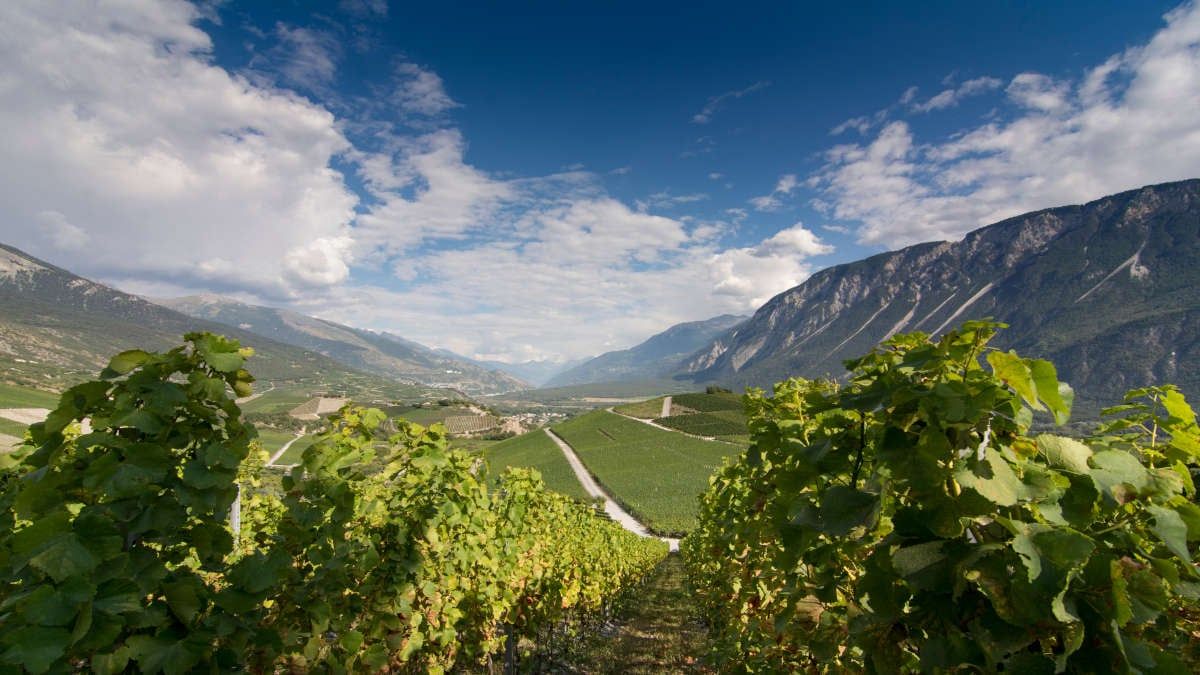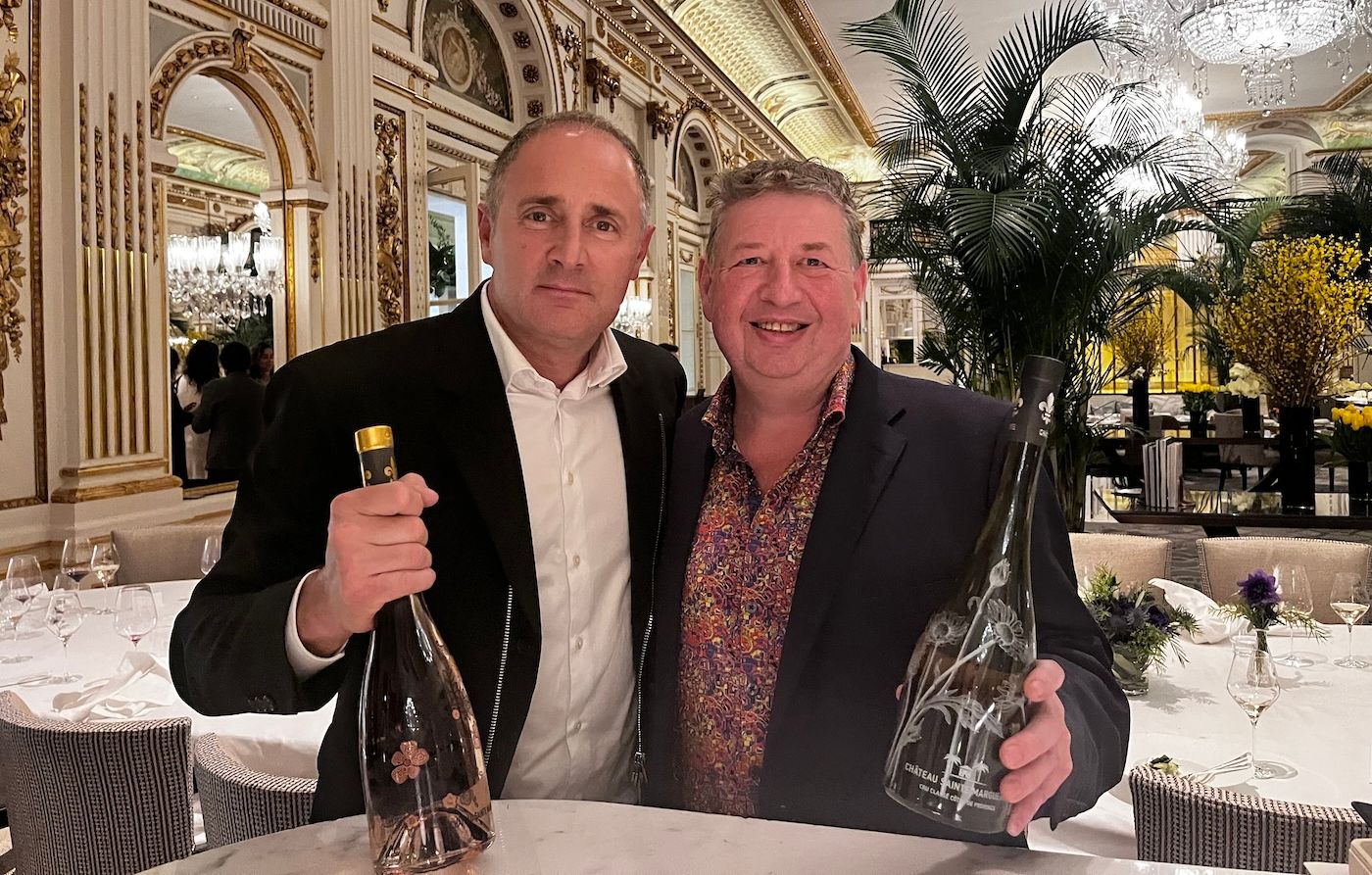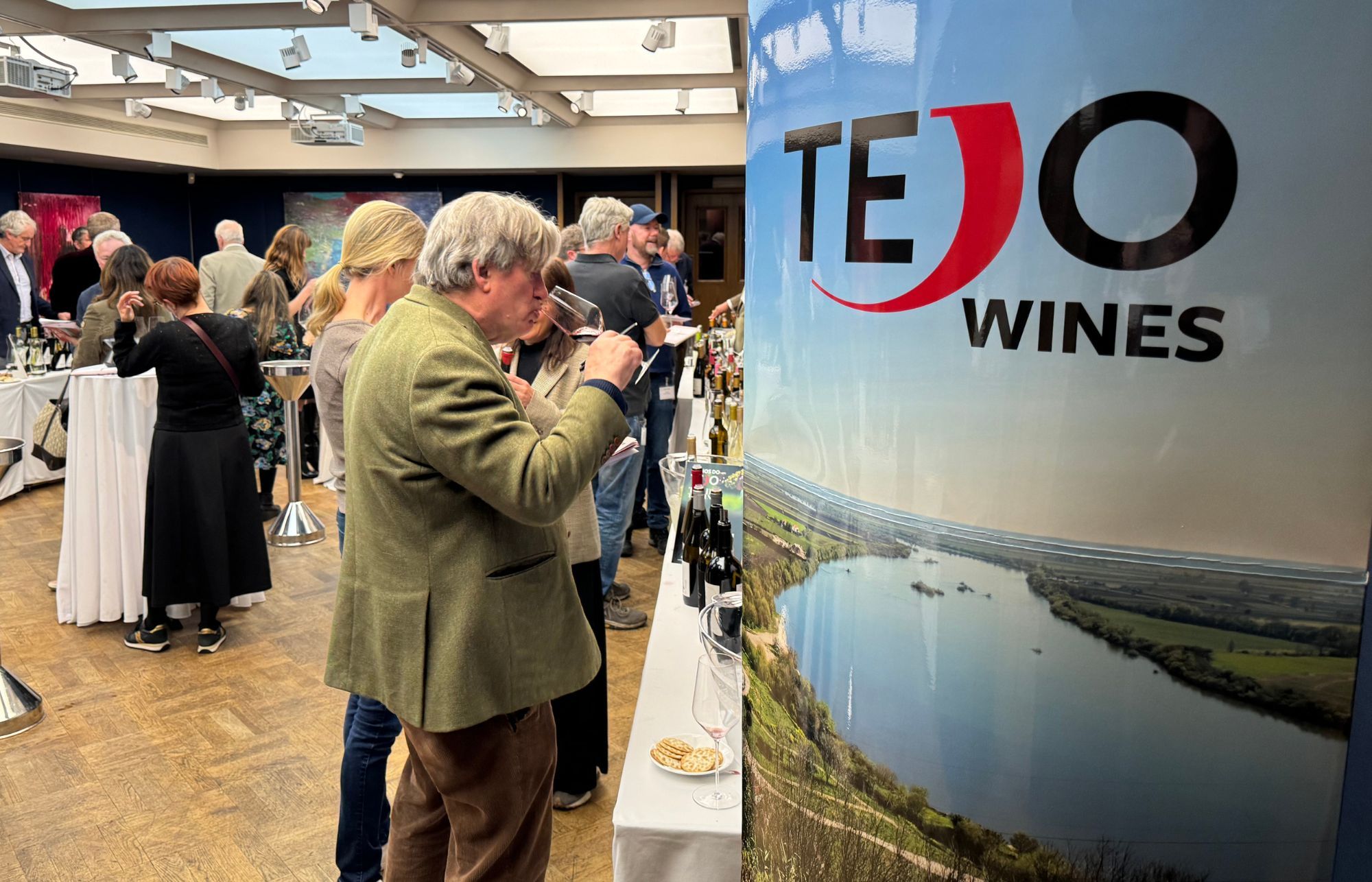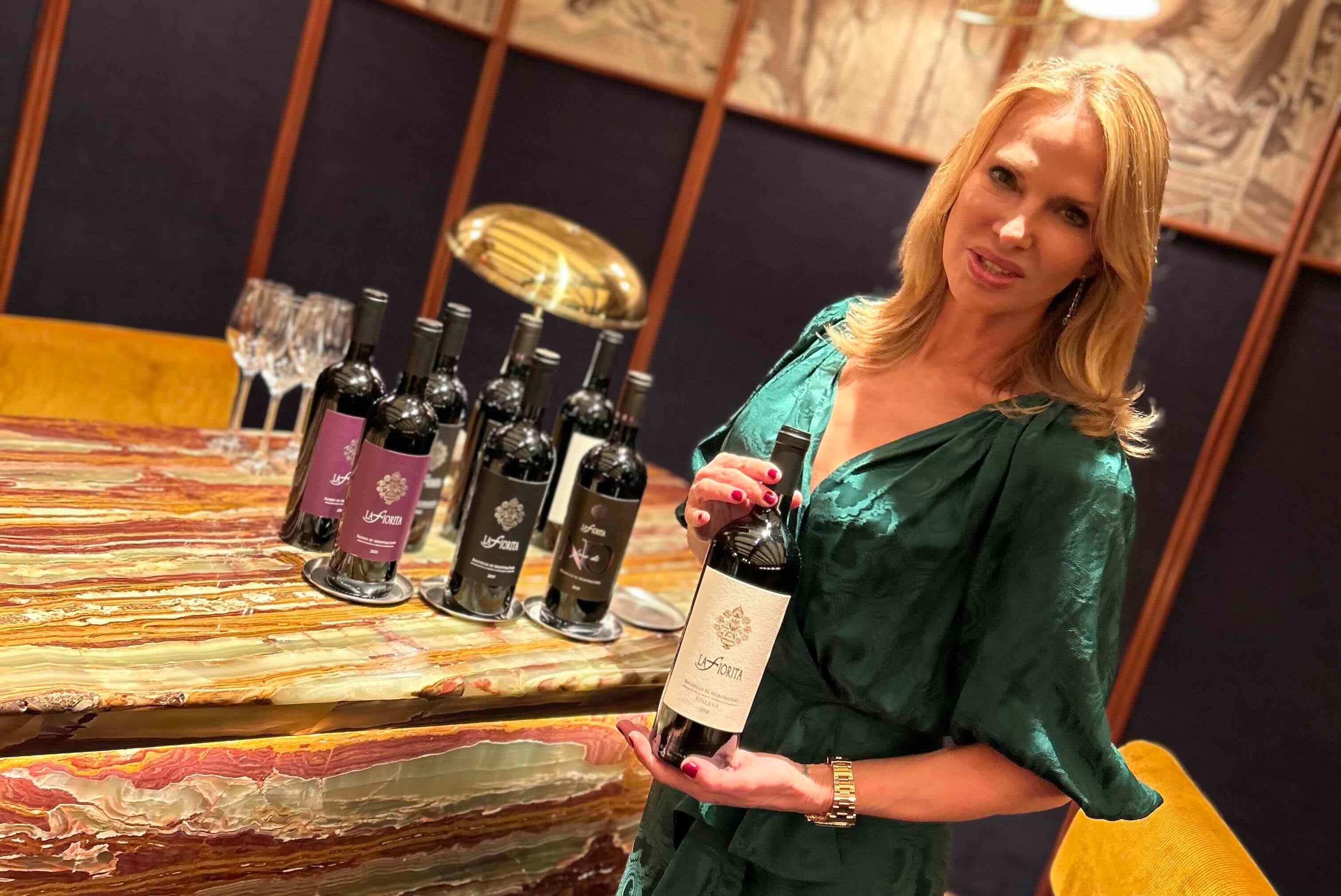“The husband-and-wife winemaking team of Brad Greatrix and Cherie Spriggs have produced a refined English sparkling wine to stand up in Champagne’s highest company,” writes Dean about one of his Best Wines of 2023.

Bruce Jack, Mary le Bow 2018, 13.5%.
A stellar red blend fashioned by one of South Africa’s top winemakers, Bruce Jack, this wine comes from a remote mountainous vineyard with deep, iron-rich rocky soils on a farm named Wildepaardekloof (‘Wild Horse Valley’) near Ashton in the western Cape. The label takes its name from the Mary-le-Bow church in the City of London, in whose crypts some ancestors of winery owner, Angela Frater, were buried. The old Cabernet Sauvignon block that makes up the majority of the blend was planted in the early 1980s. “The tannins off this block are unlike any Cabernet I have experienced in South Africa – refined, smooth, persistent, more-ish,” Jack says. “The Shiraz adds black pepper, spice and very ripe plum, while the Cabernet Franc and Merlot round off the flavours with an unusual depth of cassis and intriguing hints of red dust, marjoram and black olive.” Tremendous concentration and length.
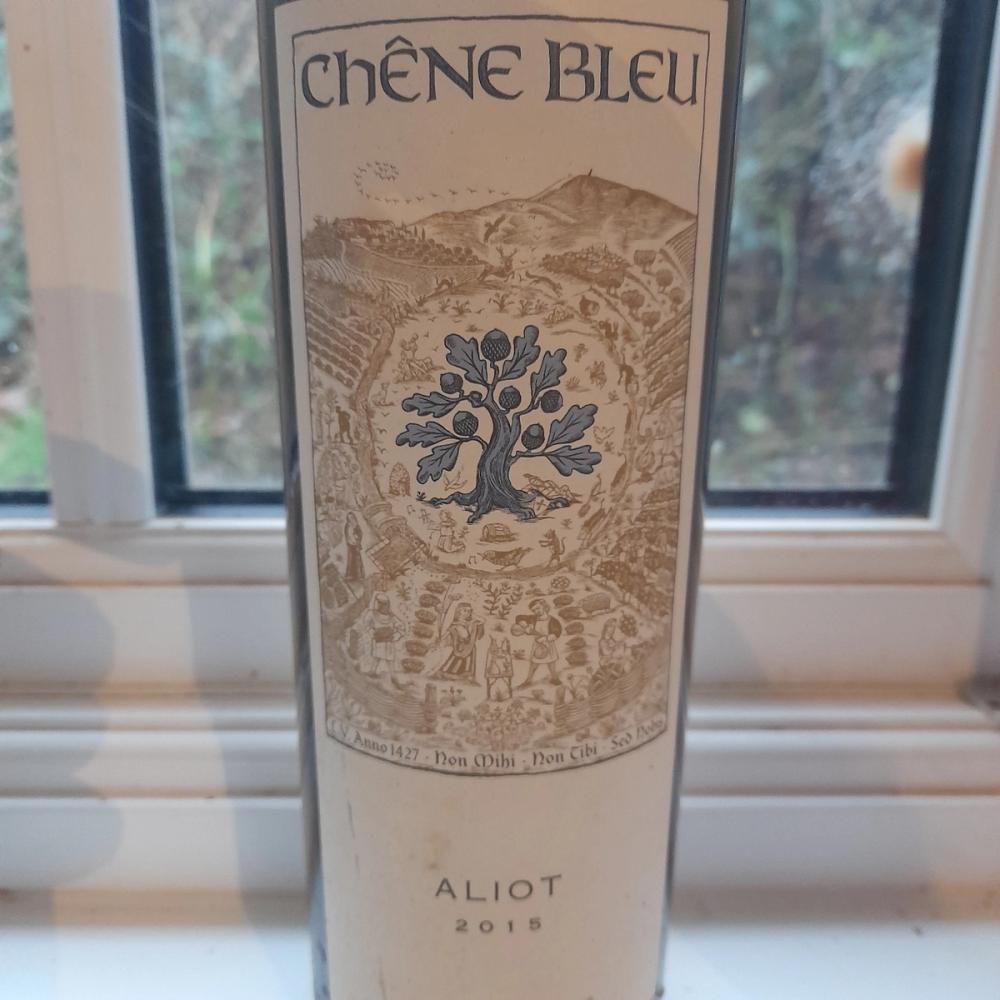
Chêne Bleu, Aliot 2015, Vaucluse IGP, 14%.
Alluring barrel-aged blend of Roussanne, Grenache Blanc, Marsanne and Viognier. Citrus aromas with hints of toasted almonds and anise. Lime on the palate with mineral notes. Long and complex – another brilliant offering from Chêne Bleu, the sole winery in the world to hold the ‘butterfly mark’ certification from Positive Luxury, the leading sustainability experts in global luxury. Laudably, owners Xavier and Nicole Rolet, are relocating to Boston in 2024 to undertake a dual ‘social impact’ fellowship at the Harvard Advanced Leadership Initiative. Each will work on projects on regenerative agriculture and viticulture. “I’m focussing on how to scale up eco-conscious practices in the vineyards so that they become the norm,” says Nicole.
Familia Pisano Arretxea, Tannat Gran Reserva 2011, 13.5%.
Both the Pisano and Arretxea families arrived in Uruguay in the second half of the nineteenth century from Italy and Spain’s Basque country respectively. This high-class Tannat is named after the mother of the Pisano brothers Daniel, Eduardo and Gustavo – Maria Elsa Arretxea – being made only in the best years. Spice and raisin aromas give way to black cherry and blackberry notes with hints of gravel and tar. Rugged and full-bodied, as you might expect of a Tannat, but a really well-balanced wine with fresh acidity, fine fruit and a long finish. Great with a steak.

Geoff Weaver, Lenswood Adelaide Hills Chardonnay 2013, 13%.
Although ten years old, this showed how well Adelaide Hills Chardonnay can age under screwcap, with its fruit still as fresh as a daisy. Barrel-fermented with wild yeasts, and having gone through full malolactic fermentation with extended lees contact, this has richness and roundness to counterbalance its racy acidity.
Gerard Bertrand, Clos D’Ora 2018, 15.5% abv.
The flagship red wine from Gerard Bertrand’s 17 Languedoc estates. A seductive blend of Syrah (50%), Grenache, old-vine Carignan and Mourvèdre from eight biodynamically-farmed parcels. Glorious fruit, plenty of structure, high-quality tannins and fresh acidity balance high alcohol of 15.5% abv. While that figure might not sit with certain drinkers, I found the wine a delight with rich French cuisine.
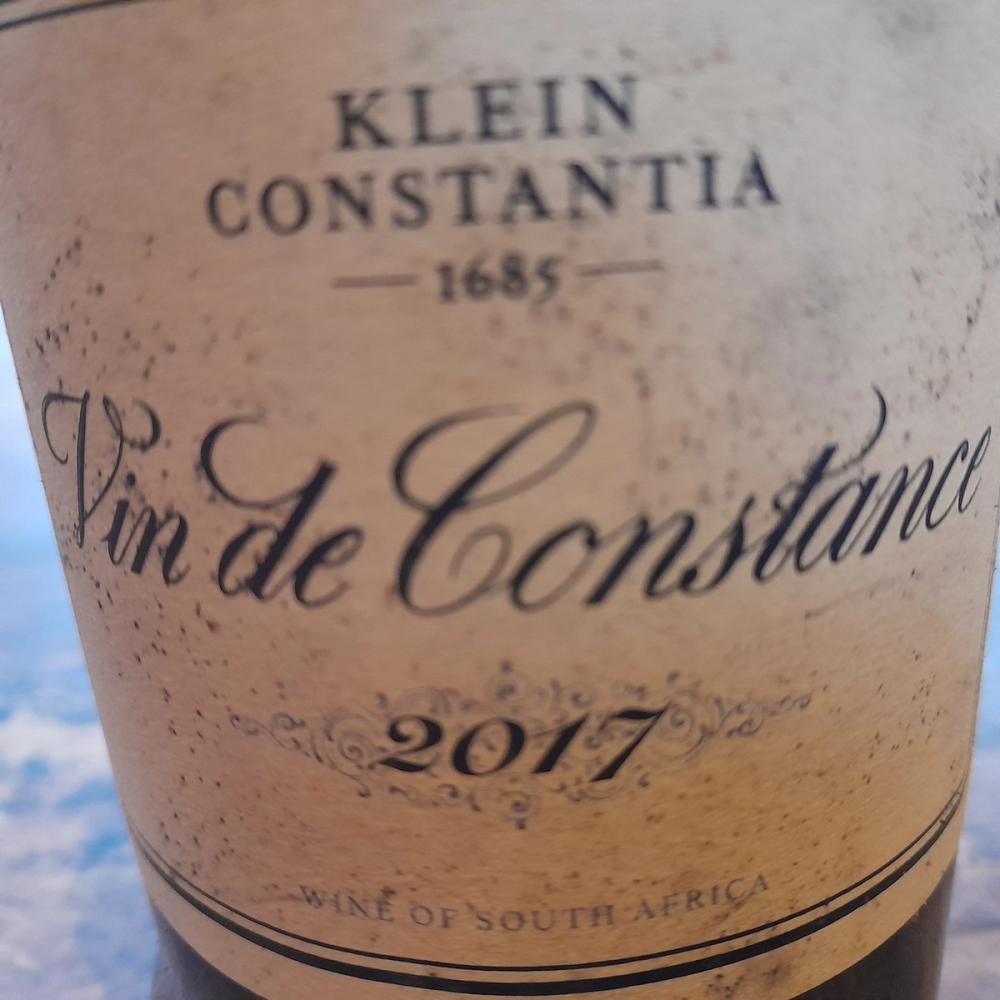
Klein Constantia, Vin de Constance 2017, 14% abv.
Matt Day, winemaker at Klein Constantia since 2012, has produced yet another stunning Vin de Constance in what he called an exemplary growing season. Picking was conducted over as much as two months, yielding 20 separate batches for blending purposes. “We leave batches to finish fermenting for a long period of time,” Day revealed. “Some will finish after one month while others may take up to six months. We’ll therefore blend numerous times to get the right balance between sugar, alcohol and acidity.”
After fermentation, the wine was aged for three years in a combination of 50% new oak and acacia barrels and large foudres before the final blending and bottling. 165 g/l residual sugar is counterbalanced by 6.6g/l TA (pH 3.7). Honeysuckle and rose aromas from 100% Muscat de Frontignan fruit (none of it botrytised) with fabulously rich and creamy opulence on the palate. Lemon pith bitterness on an immensely long and satisfying finish.

Nyetimber 1086, 2010, 12% abv
A world-class vintage cuvée that comes from Nyetimber’s very best parcels in west Sussex, planted on chalk and greensand, with the ‘1086’ label a play on the date of the Doomsday Book (when the name of the valley of ‘Nitimbreha’ was first recorded). This spent seven years on the lees and was disgorged in February 2019. The husband-and-wife winemaking team of Brad Greatrix and Cherie Spriggs have produced a refined English sparkling wine to stand up in Champagne’s highest company. An ultra persistent mousse with fine bubbles along with complex autolytic, biscuity notes; appealing grapefruit zest on the palate with hints of honey and almond nougat; ample freshness from vibrant, but not overly tart, acidity as well as an extremely long finish. A veritable tour de force. 45% Chardonnay, 44% Pinot Noir, 11% Pinot Meunier. TA 7.8 g/l, RS 9.7 g/l.
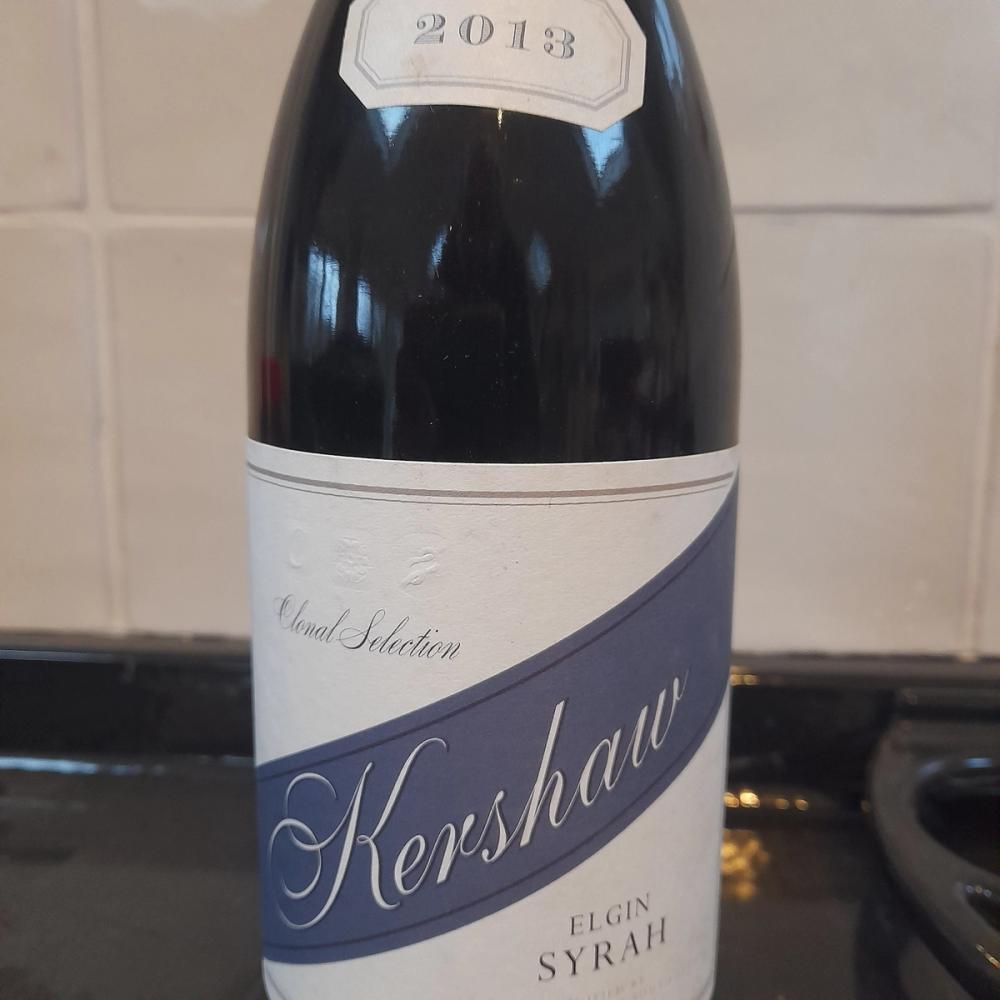
Richard Kershaw Clonal Selection Elgin Syrah 2013, 13.5%.
Richard Kershaw hailed from the Midlands before marrying a South African and settling in the western Cape, where he sources exceptional fruit from the Elgin region where he lives. As a past question-setter for the MW vinification paper, he knows all there is to know about the technical side of winemaking, and it shows in his wines. His Syrahs are as good as New World examples of the variety get, with seductive fruit of glorious intensity and concentration counter-balanced by beautifully integrated tannins and vibrant acidity.
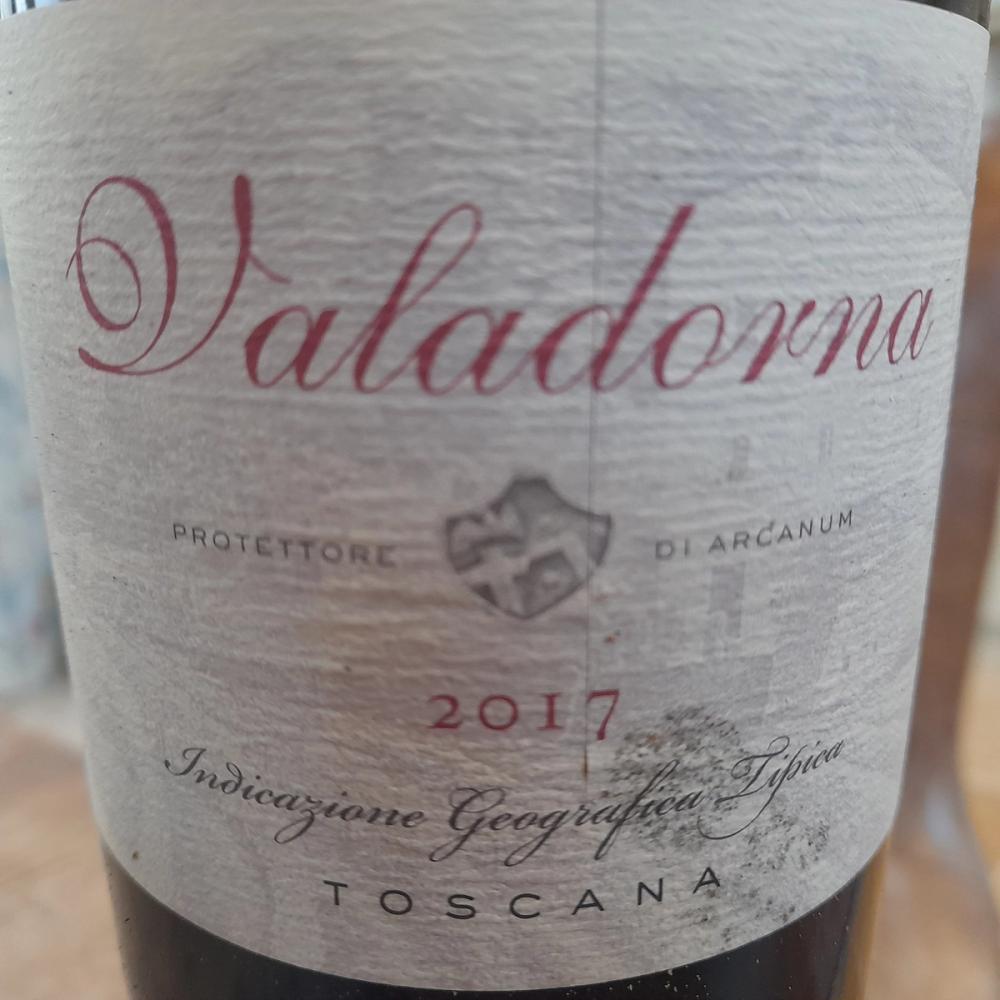
Tenuta di Arceno, Valadorna 2018, Toscana IGT, 14.5%.
From the Tuscan winery of the hugely impressive stable of Jackson Family wines, this is a single varietal Merlot. Winemaker Lawrence Cronin, American-born but an Italian resident for the best part of three decades, has crafted a voluptuous wine. A blend of different micro-crus helps give real complexity. Blessed with silky tannins, it has structure from two-thirds new French oak, as well as glorious, intense plummy red fruit. Very long.
Vinding Montecarrubo, Vignolo IGT Terre Siciliane 2019, 13.5%
Peter Vinding-Diers, the great Dane, made this enchanting single varietal Syrah in the south-eastern corner of Sicily. With aromas of white pepper, wild thyme and dried earth, this very pretty wine dances on the palate before revealing notes of dark cherries, blackberries, black olives and tangerine zest. Chalky tannins provide beautiful structure, with linear acidity giving freshness. A thrilling, elegant and long wine.

